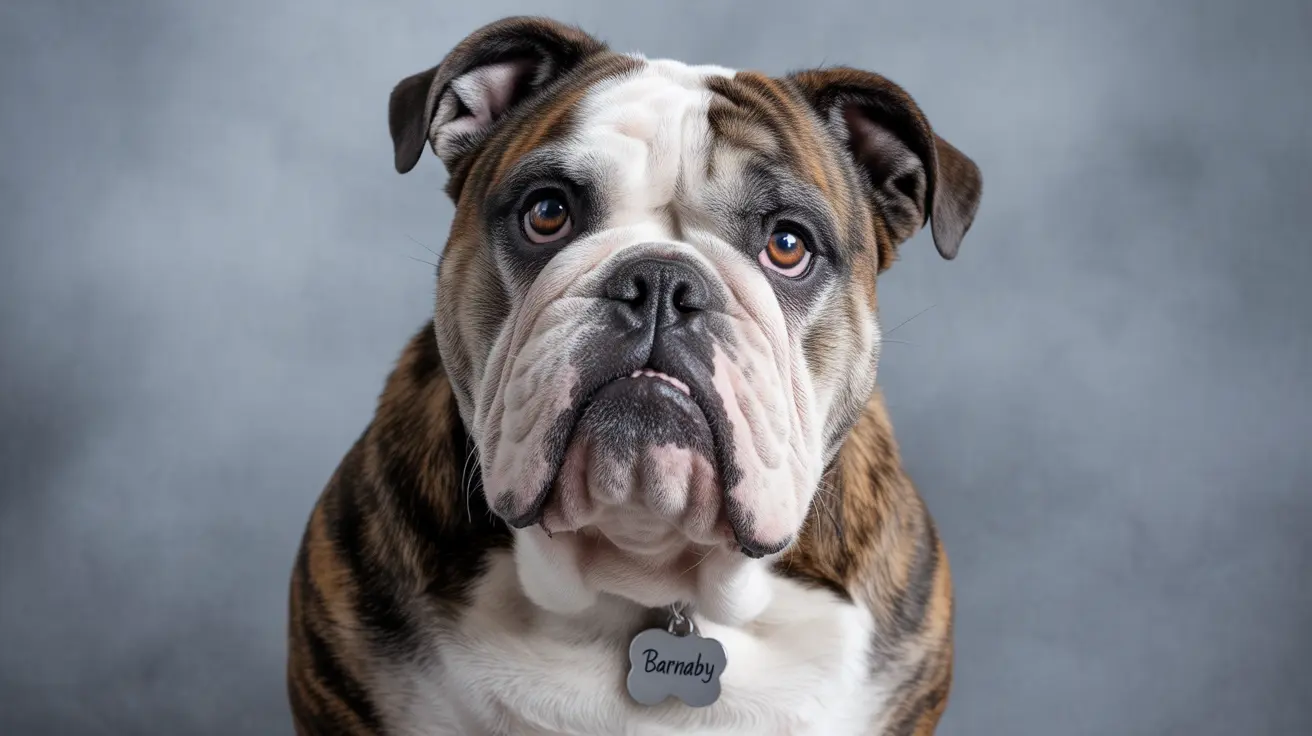If you've noticed your dog's lower teeth protruding beyond their upper teeth, you're likely dealing with a condition known as an underbite. While this dental misalignment can be a breed characteristic in some dogs, it's important to understand when it might require attention and how to properly care for a dog with this condition.
This comprehensive guide will explore everything you need to know about dogs with an underbite, from identifying potential problems to implementing effective care strategies that ensure your pet's comfort and health.
Understanding Canine Underbites
An underbite, technically called mandibular prognathism, occurs when a dog's lower jaw extends beyond the upper jaw. This dental condition can range from mild cases that cause no issues to severe cases requiring veterinary intervention. Some breeds, particularly brachycephalic (flat-faced) dogs, are genetically predisposed to having underbites as part of their standard features.
Common Causes of Underbites in Dogs
Several factors can contribute to the development of an underbite:
- Genetic predisposition, especially in breeds like Bulldogs and Boxers
- Developmental issues during puppyhood
- Retained baby teeth affecting permanent tooth alignment
- Trauma or injury to the jaw during growth
- Skull structure variations, particularly in brachycephalic breeds
Signs and Impact on Dog Health
While some dogs live comfortably with an underbite, others may experience various complications:
- Difficulty picking up or chewing food
- Excessive drooling
- Dental problems including tooth decay and gum disease
- Oral pain or discomfort
- Bad breath beyond normal dental issues
- Behavioral changes related to mouth pain
Managing Your Dog's Underbite
Proper management of an underbite is crucial for maintaining your dog's quality of life. Consider these essential care steps:
Daily Care Routine
- Regular teeth brushing with dog-specific toothpaste
- Using appropriate dental chews and toys
- Monitoring for signs of discomfort or injury
- Maintaining a consistent dental hygiene schedule
Professional Care
- Regular veterinary dental check-ups
- Professional cleaning when recommended
- Prompt attention to any developing issues
- Consultation with veterinary dental specialists if needed
Treatment Options for Severe Cases
When an underbite causes significant problems, several treatment options may be considered:
- Orthodontic appliances for young dogs
- Selective tooth extraction if necessary
- Crown modification in specific cases
- Surgical intervention for severe malocclusion
Frequently Asked Questions
What causes an underbite in dogs, and which breeds are most likely to have this condition?
Underbites are primarily genetic and most common in brachycephalic breeds like Bulldogs, Boxers, and Pugs. The condition can also result from developmental issues or trauma during growth. Breeds with shortened facial bones are particularly predisposed to this condition.
How can I tell if my dog's underbite is causing pain or health problems?
Watch for signs such as difficulty eating, excessive drooling, pawing at the mouth, bad breath, or behavioral changes when eating. If you notice any of these symptoms, consult your veterinarian for an evaluation.
What home care steps can I take to manage my dog's underbite and prevent dental issues?
Implement daily tooth brushing, use appropriate dental chews, maintain regular veterinary check-ups, and monitor for any changes in eating habits or behavior. Keep the mouth clean and watch for signs of injury or infection.
When should I take my dog with an underbite to the veterinarian for treatment?
Seek veterinary care if you notice difficulty eating, signs of pain, visible mouth injuries, excessive drooling, or any significant changes in behavior. Regular check-ups are also important for preventive care.
What veterinary treatments are available for dogs with severe underbites?
Treatment options include orthodontic appliances, tooth extraction, crown modification, and in severe cases, surgical correction. The appropriate treatment will depend on the severity of the condition and its impact on your dog's quality of life.
Conclusion
While dogs with an underbite can often live happy, healthy lives, proper monitoring and care are essential. Understanding the signs of complications and maintaining good dental hygiene can help ensure your pet remains comfortable and healthy despite their dental alignment differences.
Remember that each case is unique, and working closely with your veterinarian will help determine the best care approach for your dog's specific situation. With proper attention and care, most dogs with underbites can enjoy a normal, comfortable life.






